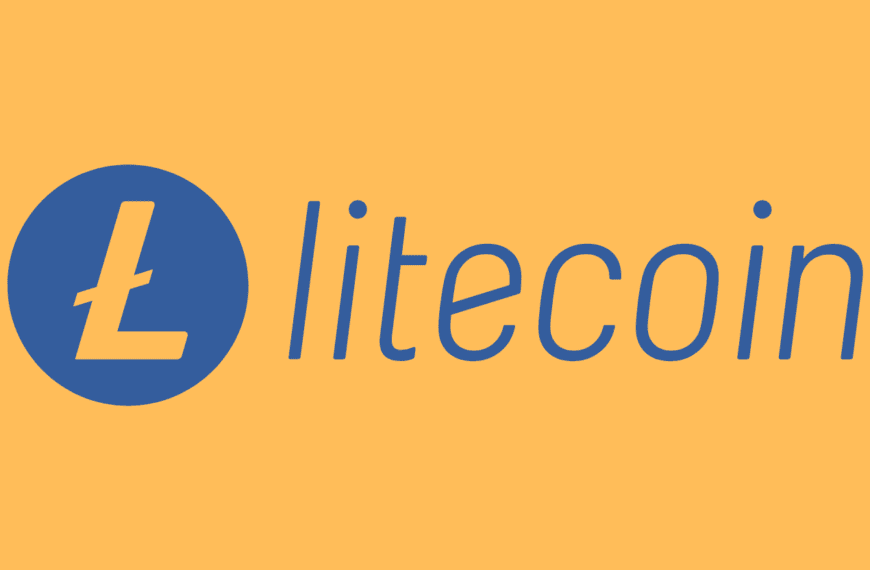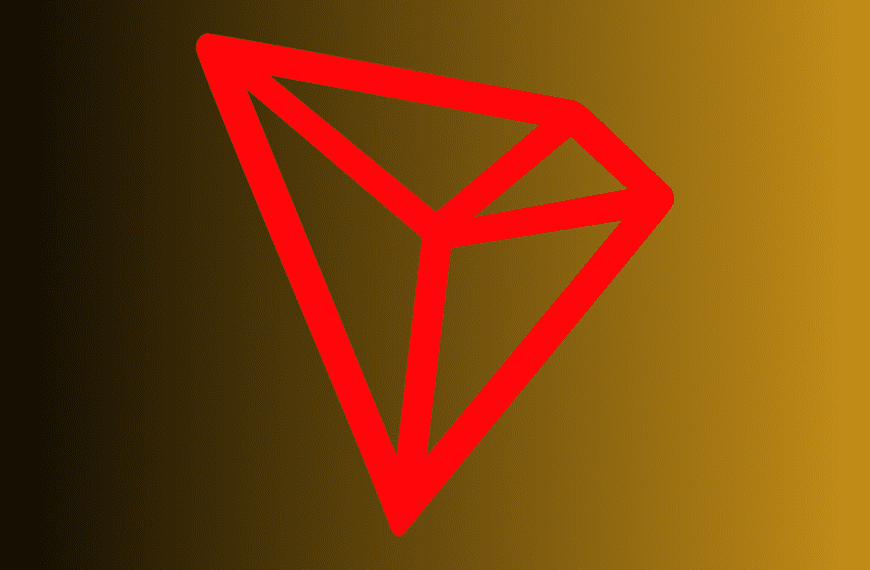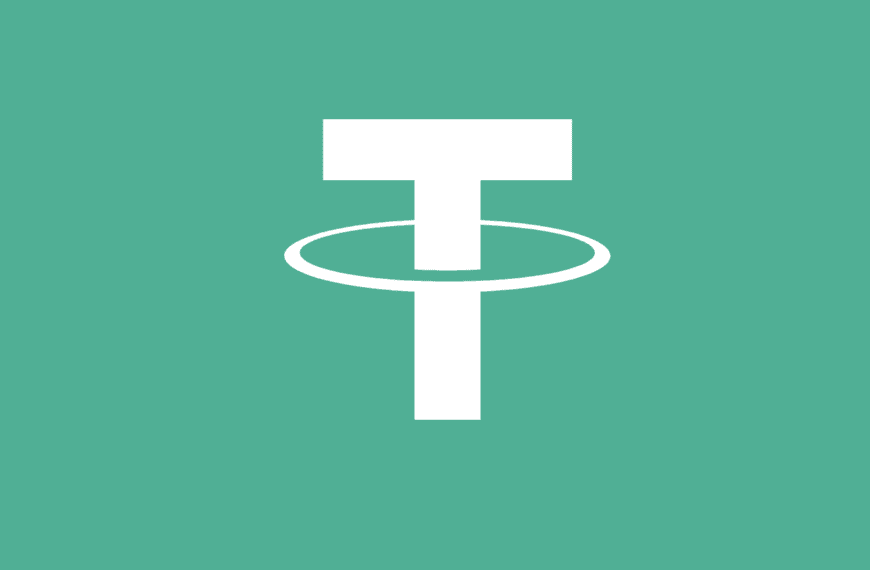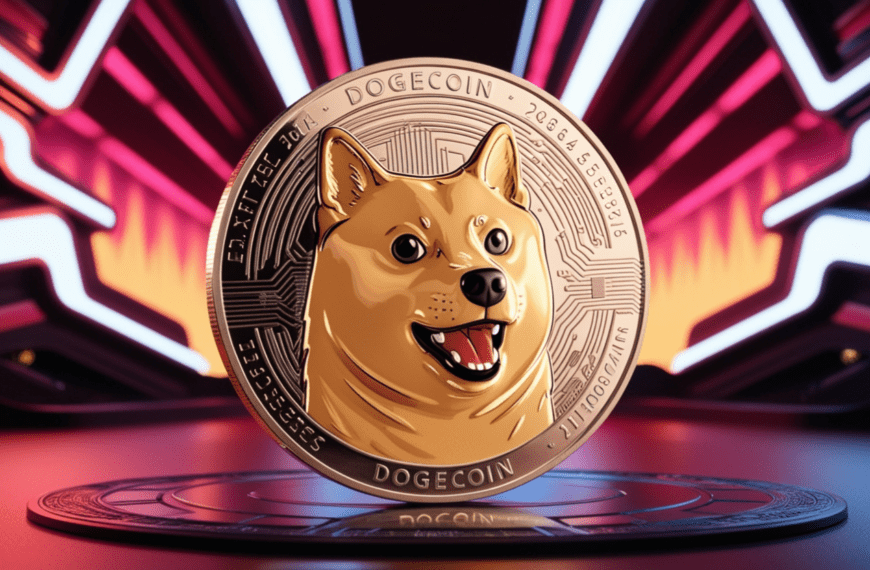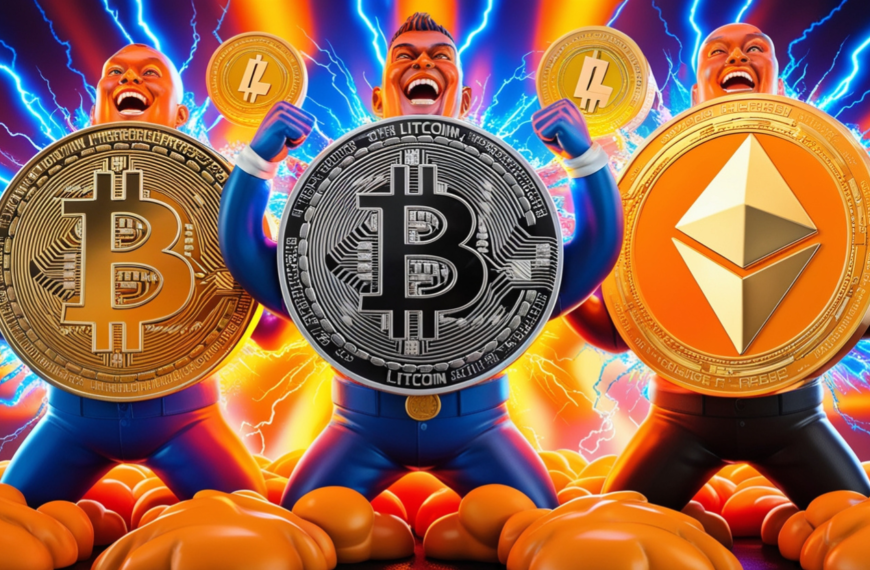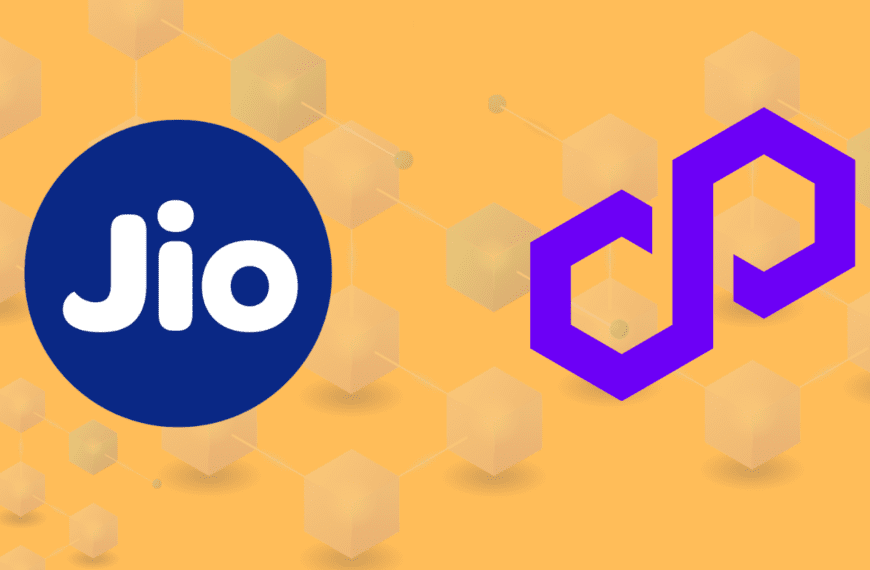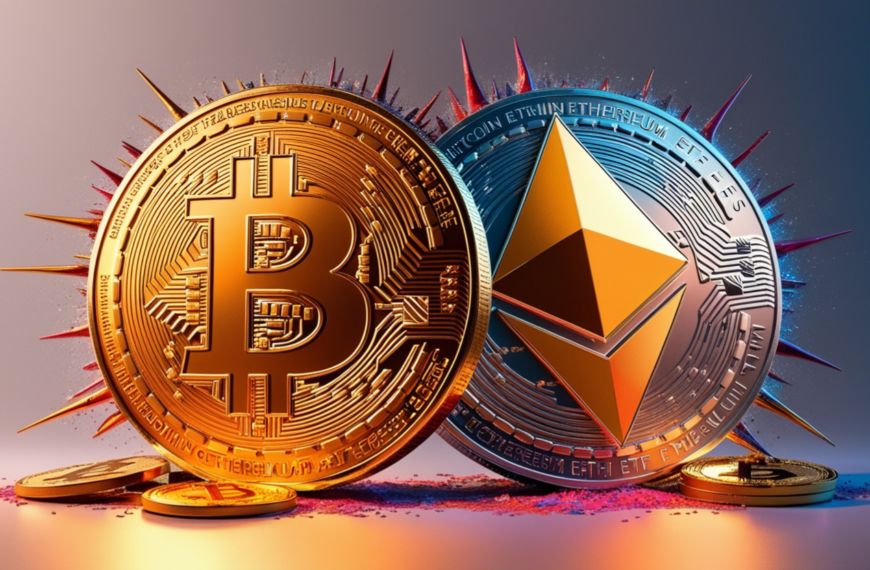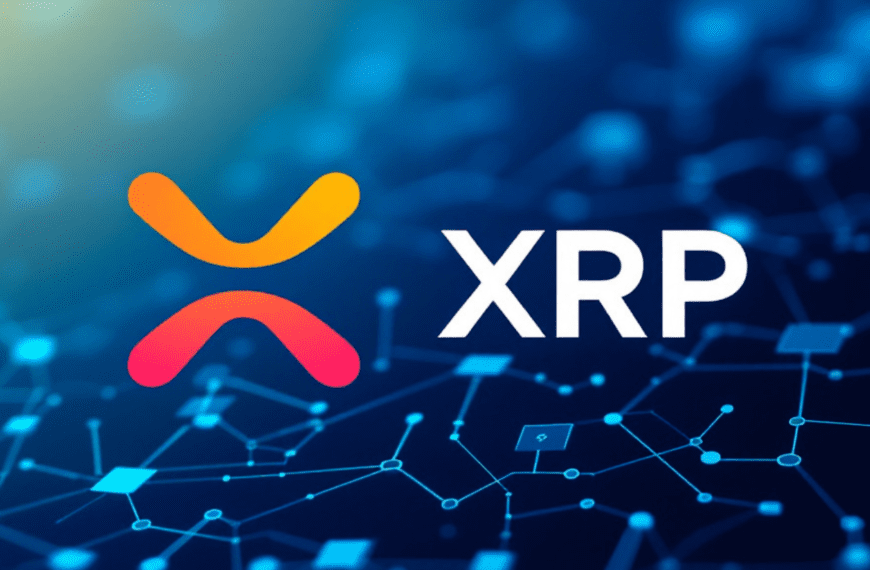In the world of cryptocurrencies, Bitcoin is often the first name that comes to mind. However, there is another digital currency that has gained significant attention in recent years: Ethereum. While it shares some similarities with Bitcoin, Ethereum has many unique features that set it apart. It is not just a digital currency; it is a platform for building decentralized applications and executing smart contracts. In this article, we will explore what Ethereum is, how it works, and the story behind its creation. We will also take a look at the mysterious founder of Ethereum.
What is Ethereum?
Ethereum is a decentralized platform that enables developers to build and run applications. It is powered by blockchain technology, the same technology that powers Bitcoin. However, Ethereum is much more than just a cryptocurrency. While Bitcoin is primarily used as a digital currency, Ethereum was designed to be a platform for decentralized applications (dApps) and smart contracts.

Blockchain is the technology behind Ethereum. It is a public ledger that records all transactions made on the Ethereum network. This blockchain is not controlled by any central authority but is instead maintained by a distributed network of computers, called nodes. The decentralized nature of Ethereum ensures that no single party has control over the platform, making it resistant to censorship and manipulation.
At its core, Ethereum is an open-source platform, meaning that anyone can use, modify, and develop applications on the network. The native cryptocurrency of the Ethereum network is called Ether (ETH). Ether is used to pay for transactions, computational services, and to reward participants who contribute to the network’s security and functionality.
Ethereum allows for the creation and execution of smart contracts. A smart contract is a self-executing contract where the terms of the agreement are directly written into code. These contracts run automatically when predefined conditions are met, without the need for intermediaries like banks or lawyers. This feature has opened up a wide range of possibilities for businesses, financial services, and even government functions.
Key Features of Ethereum
- Decentralization: Ethereum is a decentralized network, which means that it is not controlled by any single organization or government. Instead, the network is run by thousands of nodes around the world. This decentralization makes Ethereum more secure and resistant to censorship.
- Smart Contracts: One of the standout features of Ethereum is its ability to run smart contracts. These are automated agreements that execute when predefined conditions are met. Smart contracts eliminate the need for intermediaries, reducing costs and increasing efficiency.
- Decentralized Applications (dApps): Ethereum allows developers to create decentralized applications (dApps). These are apps that run on the Ethereum blockchain rather than being hosted on a centralized server. dApps can be used for a wide variety of purposes, such as financial services, gaming, supply chain management, and social media.
- Ether (ETH): Ether is the native cryptocurrency of the Ethereum network. It is used to pay for transactions, computational power, and smart contract execution. Ether is also used as an incentive for miners (or validators) to secure the network.
- Ethereum Virtual Machine (EVM): The EVM is the engine that runs smart contracts on the Ethereum network. It ensures that contracts execute correctly and helps maintain the integrity of the Ethereum blockchain. The EVM is what makes Ethereum different from Bitcoin, as it allows for more complex applications to be built on the platform.
- Proof of Stake (PoS): Ethereum is transitioning from a Proof of Work (PoW) system to a Proof of Stake (PoS) system with the Ethereum 2.0 upgrade. PoS is a more energy-efficient way of securing the network. In PoS, validators (instead of miners) are chosen to create new blocks and confirm transactions based on the amount of Ether they hold and are willing to “stake” as collateral.
- Scalability: Ethereum has faced challenges with scalability, meaning that the network can become slow and expensive to use during periods of high demand. To address this issue, Ethereum is undergoing significant upgrades (Ethereum 2.0) to improve its scalability and overall performance.
How Does Ethereum Work?
Ethereum operates using a blockchain, just like Bitcoin, but it has a more advanced and flexible structure. Here’s a simple breakdown of how Ethereum works:
- Blockchain: Ethereum’s blockchain records all transactions and smart contracts. It is a public, decentralized ledger, meaning that everyone on the network has access to the same information. Each block in the Ethereum blockchain contains transaction data and a reference to the previous block, creating a chain of blocks. The blockchain is updated regularly as new blocks are added to it.
- Smart Contracts: A smart contract is a piece of code that runs on the Ethereum blockchain. It automatically executes when certain conditions are met. For example, if two parties agree to exchange a certain amount of Ether for a product, a smart contract can be created that automatically releases the payment when the product is delivered. This eliminates the need for third parties like banks or legal advisors.
- Gas Fees: Every action on the Ethereum network requires computational resources, and these resources are paid for using gas. Gas is a unit of measurement for computational work, and gas fees are paid in Ether. These fees help prevent spam and ensure that the network remains secure and efficient. The higher the complexity of a transaction, the more gas is required to complete it.
- Validators and Mining: Initially, Ethereum used a Proof of Work (PoW) system, where miners competed to solve complex puzzles in order to add new blocks to the blockchain. However, Ethereum is transitioning to a Proof of Stake (PoS) system with Ethereum 2.0. In PoS, validators are chosen to create new blocks based on the amount of Ether they hold and are willing to stake as collateral. Validators confirm transactions and ensure the integrity of the blockchain.
- Decentralized Applications (dApps): Ethereum allows developers to create dApps that run on its blockchain. These applications use smart contracts to operate without the need for intermediaries. dApps can be anything from a decentralized exchange (DEX) to games, social media platforms, and financial tools.
Also Read: What is Blockchain and How Does it Work?
The History of Ethereum
The idea of Ethereum was first proposed in late 2013 by a young programmer named Vitalik Buterin. At the time, Vitalik was involved in the world of Bitcoin and saw that the Bitcoin network, while groundbreaking, was limited in its ability to support more complex applications. He wanted to create a platform that would allow for the development of decentralized applications and smart contracts, and this idea led to the creation of Ethereum.
In early 2014, Vitalik Buterin and several other developers launched the Ethereum project, and they began raising funds through a public crowd sale, also known as an Initial Coin Offering (ICO). The ICO was successful, raising over $18 million, which was one of the largest crowdfunding efforts in the cryptocurrency space at the time.
Ethereum officially went live in July 2015 with the release of the first version of the platform, known as Frontier. This was followed by several major updates to improve the network’s functionality and scalability, including the Homestead update in 2016 and the Metropolis upgrades in 2017.
However, Ethereum has faced some challenges along the way. In 2016, a major hack occurred involving a decentralized autonomous organization (DAO) built on Ethereum, which led to the loss of millions of dollars worth of Ether. In response, the Ethereum community decided to fork the blockchain to reverse the effects of the hack. This decision created two separate Ethereum blockchains: the original, known as Ethereum Classic, and the new one, simply called Ethereum.
Despite these setbacks, Ethereum has continued to grow and evolve. It has become the leading platform for decentralized applications and has inspired the development of countless projects in the cryptocurrency space. The Ethereum network is now undergoing a significant upgrade known as Ethereum 2.0, which aims to address issues such as scalability and energy efficiency.
Also Read: What is Bitcoin? Who is the Founder of Bitcoin?
Who is the Founder of Ethereum?
The founder of Ethereum is Vitalik Buterin, a Russian-Canadian programmer and cryptocurrency enthusiast. Vitalik was born in 1994 in Kolomna, Russia, and moved to Canada with his family at the age of six. He became interested in computer programming at a young age and was introduced to Bitcoin in 2011. After learning about Bitcoin, Vitalik recognized its potential but also saw its limitations. He wanted to create a platform that could support more complex applications and enable the development of decentralized services. This vision led to the creation of Ethereum.
Vitalik Buterin published the Ethereum whitepaper in late 2013, outlining the idea for a blockchain-based platform that could support smart contracts and decentralized applications. In early 2014, he and several other developers began working on the Ethereum project and raised funds through an ICO. Ethereum officially launched in 2015, and Vitalik Buterin has continued to serve as its public face and one of its leading developers.
In addition to his work on Ethereum, Vitalik is a well-known figure in the cryptocurrency and blockchain communities. He has been a vocal advocate for decentralized technologies and has written extensively on the potential uses of blockchain beyond digital currencies. Vitalik is also involved in various research projects related to the future of Ethereum and the broader blockchain ecosystem.
Conclusion
Ethereum is much more than just a digital currency. It is a decentralized platform that allows for the creation of smart contracts and decentralized applications. With its blockchain technology, Ethereum enables secure, automated transactions without the need for intermediaries. Ethereum has revolutionized the world of cryptocurrencies by offering a more flexible and scalable platform than Bitcoin.
The founder of Ethereum is Vitalik Buterin, a visionary programmer who saw the potential for a blockchain-based platform to support complex applications. Ethereum has come a long way since its launch in 2015 and continues to evolve with the upcoming Ethereum 2.0 upgrade.
Disclaimer: The content provided here is for educational purposes only and is intended to raise awareness about cryptocurrency and blockchain technology. It should not be considered as financial or investment advice. Before investing in any cryptocurrency or token, we strongly encourage you to conduct thorough research, understand the associated risks, and make informed decisions (DYOR – Do Your Own Research). For detailed guidance, consult a qualified financial advisor.

